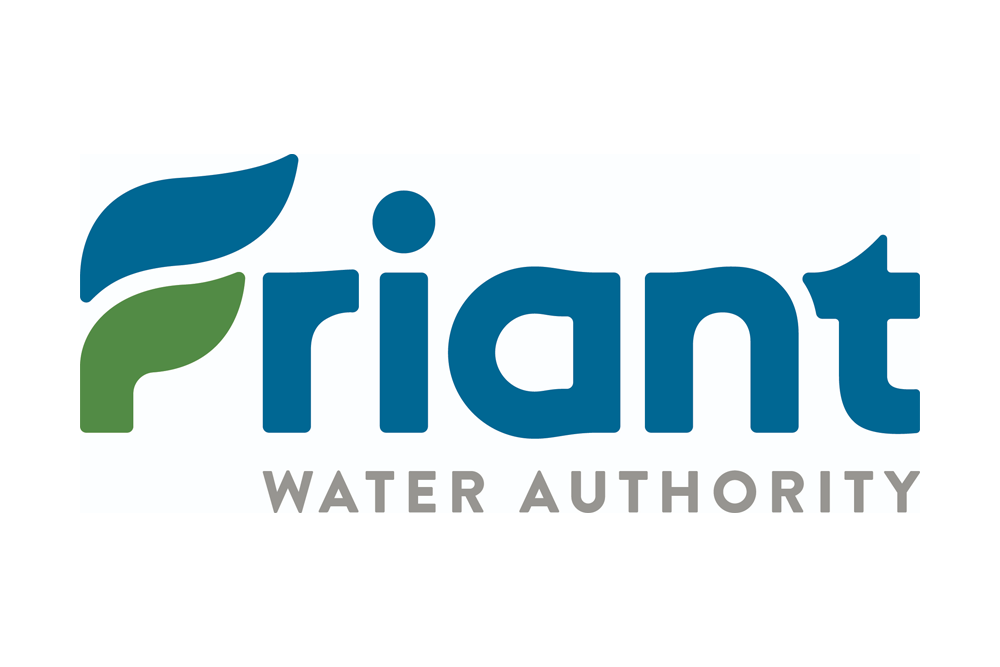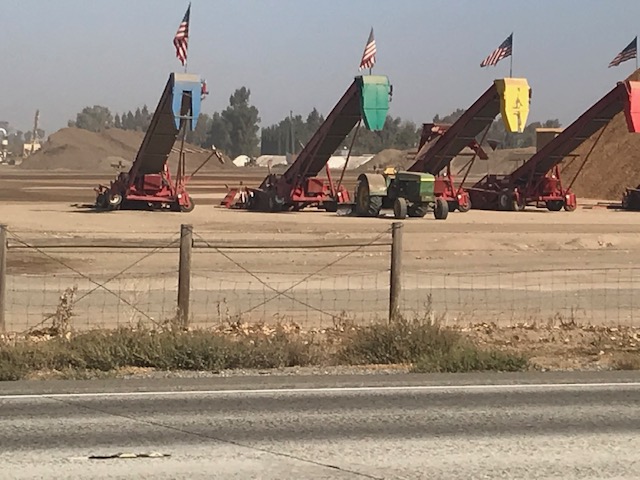Meeting as the Madera GSAs board of directors, the supervisors in Madera County convened in regular session on Mar. 1 at the county administration building and online. All supervisors were in attendance and Tom Wheeler wielded the gavel. At the start, Supervisor Rob Poythress was presented a plaque for his chairmanship in 2021.
The Meeting
Soon after the 10:00 a.m. start of the open session, the consent calendar was approved unanimously. Included among a long list of items was approval for a contract with Davids Engineering, the firm that completed the GSP for the Chowchilla Subbasin on behalf of the Chowchilla Water District GSA, the Triangle T Water District GSA and the Merced County GSA along with the Madera County GSA. The DWR in its review of the GSP had previously indicated three deficiencies which the firm will remedy within the required 180 days. The contract calls for the expenditure of $336,306 which will be shared proportionally among the four GSAs. The need for this work had been explained and approved last month at various meetings of the four GSAs.
The Chowchilla Subbasin is one of three in the so-called “white areas” of the county covered by the Madera GSAs; the other two are the Madera Subbasin itself, the largest of the three, along with the Delta-Mendota Subbasin.
As a note, the Board began its meeting at 9 a.m. with a closed session to consider various matters under litigation. One of those items remains the suit brought by the Madera Irrigation District and GSA. The suit contends that the allocations of transition water approved by the supervisors are greater than what is specified in the “white areas” GSP among other issues, thereby causing further overdraft. There was no discussion about this.
Grant Funding
The supervisors began the GSAs board meeting as scheduled at 10:30 a.m. with one item of business – a report of the rate study being prepared by the Raftelis consulting firm to pay for the projects called for in the GSP.
County Director of Water & Natural Resources Stephanie Anagnoson began with a brief review of the work done by the GSAs in the past two years. She said her department had been extremely aggressive obtaining grant funding and listed six state grants totaling over $15 million that had allowed for the necessary planning and development of the required GSPs.
review of the work done by the GSAs in the past two years. She said her department had been extremely aggressive obtaining grant funding and listed six state grants totaling over $15 million that had allowed for the necessary planning and development of the required GSPs.
She said another grant for $5 million is pending for recharge development called for in the plan and still another is being applied for that would provide $10 million from the Department of Conservation for multi-benefit land repurposing. “Multi-benefit” here means paying growers for taking land out of production and developing natural habitats for wildlife.
Anagnoson also described the public outreach that had been conducted virtually and in person, including a public session on the previous Friday, February 25 that had attracted 100 people online, the maximum allowed by the county’s version of Zoom. Even more had wanted to get into the meeting and noted here was the notion the county needs to up its Zoom commitment to allow larger meetings.
person, including a public session on the previous Friday, February 25 that had attracted 100 people online, the maximum allowed by the county’s version of Zoom. Even more had wanted to get into the meeting and noted here was the notion the county needs to up its Zoom commitment to allow larger meetings.
Rate Studies
The purpose of the rate study is to set rates to be paid by the owners of farm units with irrigated acres in order to provide funds for all the programs detailed in the GSP designed to reduce groundwater use to the targeted sustainable levels by 2040 as required by SGMA. These programs include recharge, land repurposing to reduce demand, new water supplies including water from the proposed Sites dam some 70 miles north of Sacramento and domestic well mitigation. The ongoing costs of administration also must be included. The estimated 10,000 A/F per year that could come to the Madera GSAs from Sites would be nearly four years out.
Kevin Kostiuk from Raftelis presented virtually, outlining three approaches being considered and documented.
- a fixed rate per enrolled irrigated acre in the farm unit;
- a combination rate with a fixed and volumetric rate based on the projects to be done;
- a combination rate that includes a breakdown by a standard percent for fixed and volumetric components
Kostiuk presented proposed different rates for each of the three subbasins, based on the acreages and projects within each. The recommendation proposes a fixed rate per acre in the first three years with volumetric option offered in year three. No rates for years four and five were presented. For the Madera Subbasin, the rate would be $184 per enrolled acre in 2022-2023, $200 in the next year and $236 in year three. In year three, if a volumetric rate was used, the fixed portion would be $132 and the project based volumetric rate would be an additional $97 for a total of $229 per acre. The Raftelis proposal recommends a fixed rate for the first two years with no recommendation on rate structure for years three through five. The recommendation is to proceed with finalizing the rate study and drafting the Public Notice to affected parcels in compliance with a Proposition 218 election, which requires a vote of those owners.
volumetric rate would be an additional $97 for a total of $229 per acre. The Raftelis proposal recommends a fixed rate for the first two years with no recommendation on rate structure for years three through five. The recommendation is to proceed with finalizing the rate study and drafting the Public Notice to affected parcels in compliance with a Proposition 218 election, which requires a vote of those owners.
Cost Example
In the material presented was a chart showing the financial impact on a hypothetical 100 acres of irrigated land in the Madera Subbasin. If the land used the full amount of water allocated to it, both sustainable yield and transitional water in FY 2024-2025, the total cost for fixed only would be $23,600. For fixed and volumetric on a project based rate, the cost would be $25,600 and for the policy based volumetric approach, the cost would be $24,400. Similar calculations were shown when the 100-acre parcel water use was 20 percent below its allocation. In that case, the combination of fixed and project based volumetric rates was the lowest total at $21,000.
Finally, Anagnoson spoke about penalties to be applied when landowners’ water use exceeds the allocations. There could be a penalty per A/F of water over the allocation as well as an extraction fee to replace the additional water pumped. Setting these amounts will be a separate policy decision for the GSAs Board. Possibilities include a maximum of $500 per A/F penalty and an estimate of $600 to $650 per A/F for a replacement fee. She said that a schedule of penalties could be phased in.
At this point, the supervisors offered their comments with Chair Wheeler thanking Anagnoson for her work obtaining grants. Supervisor David Rogers pointed out that water districts use fixed and volumetric rate structures and that’s his preference. He predicted rough spots in the road because when ETAW comes in higher than property owners expect there will be objections. He asked how these rates as presented compared with water rates charged by irrigation districts, hoping for some parity. Anagnoson said she did not have that information but would do some checking.
Supervisor Brett Frasier asked if the volumetric portion of the rate is just on the transitional water. When water use reaches the Sustainable Yield, does the volumetric portion go away? Stephanie says you have to evaluate every five years and there will still be costs that have to be covered by any rates, such as the cost of maintaining recharge basins. Frasier said these programs will change the face of the Central Valley.
Asked for his comments, Supervisor Poythress said he appreciated the 100-acre farm unit example helping him see the impact. He asked if fixed rate charges are based on entire 100 acres, even if some land is taken out of production. He cited the example at his own farm with a hypothetical one-third taken out of the 100 acres. He said he has a problem with charges continuing on land taken out of production. He said it seems very punitive to the grower. He said what about different crops, with some taking less water. He acknowledged that the volumetric portion of the assessment comes into play here.
example helping him see the impact. He asked if fixed rate charges are based on entire 100 acres, even if some land is taken out of production. He cited the example at his own farm with a hypothetical one-third taken out of the 100 acres. He said he has a problem with charges continuing on land taken out of production. He said it seems very punitive to the grower. He said what about different crops, with some taking less water. He acknowledged that the volumetric portion of the assessment comes into play here.
Anagnoson replied that the notion of applying the assessments to all of the irrigated land that was in production in 2020 comes out of the farm unit concept. Water and land can be used in different ways. She also noted that the SALC (Sustainable Agricultural Land Conservation) program is operating in the background, where a landowner can obtain payments for committing to repurpose land, which is part of this program. She continued saying if we allow folks to avoid the payments on reduced acres, the continuing costs will have to be applied to the fewer remaining acres. She also noted there are wide ranges of water use even for the same crop. She agreed that when land is taken out of production, it should get reassessed at lower rates for property tax purposes. She said her department is applying for a $10 million grant for the county to augment the funds available for land repurposing. A rate of $600 per acre is now being considered.
saying if we allow folks to avoid the payments on reduced acres, the continuing costs will have to be applied to the fewer remaining acres. She also noted there are wide ranges of water use even for the same crop. She agreed that when land is taken out of production, it should get reassessed at lower rates for property tax purposes. She said her department is applying for a $10 million grant for the county to augment the funds available for land repurposing. A rate of $600 per acre is now being considered.
Frasier pointed out that if you do SALC, you can’t use the water from those acres in the farm unit, and the program costs would continue to be applied to that SALC acreage, offsetting the payments at least partially. Frasier then asked within the total cost calculations, how much is for projects and how much for administration. Kostiuk replied that admin would be within single digits as a percent of the total. The supervisors agreed they wanted to understand the admin charges being included.
farm unit, and the program costs would continue to be applied to that SALC acreage, offsetting the payments at least partially. Frasier then asked within the total cost calculations, how much is for projects and how much for administration. Kostiuk replied that admin would be within single digits as a percent of the total. The supervisors agreed they wanted to understand the admin charges being included.
Public Comment
With discussion by the supervisors completed, Chair Wheeler asked for comment from the public. Speaking first was Letitia Casillas Luquin of the Leadership Counsel. She said her group strongly supports mandatory allocations but questioned how the Sustainable Yield had been calculated. She said that ETAW does not accurately represent how much groundwater is actually pumped. She also asked that more money be applied to domestic well mitigation. She pointed out that the current average figure in the program of $30,000 per average well is often exceeded in actuality. She advocated for stronger penalties for exceeding allocations to reduce pumping. If not, she said some growers could simply consider it a cost of doing business and continue to pump. She said over-pumping in some concentrated farming areas has negatively impacted drinking water.
groundwater is actually pumped. She also asked that more money be applied to domestic well mitigation. She pointed out that the current average figure in the program of $30,000 per average well is often exceeded in actuality. She advocated for stronger penalties for exceeding allocations to reduce pumping. If not, she said some growers could simply consider it a cost of doing business and continue to pump. She said over-pumping in some concentrated farming areas has negatively impacted drinking water.
Speaking virtually from the field was Madera Farm Bureau Executive Director Christina Beckstead, who thanked the staff for their efforts. She asked for clarification of what will be assessed based on ETAW. She asked what the appeal process will look like and what will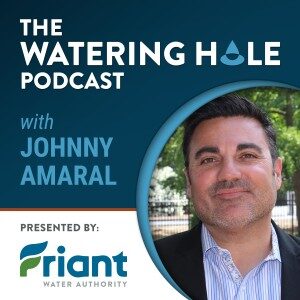 be the timeline, given the difference between a crop year and a fiscal year. Growers have last year’s pumping for 2022 assessments. She said she believed the designation of land within a farm unit should be determined by the growers. She said she appreciates that the board pushes back on state regulators.
be the timeline, given the difference between a crop year and a fiscal year. Growers have last year’s pumping for 2022 assessments. She said she believed the designation of land within a farm unit should be determined by the growers. She said she appreciates that the board pushes back on state regulators.
Speaking next was grower Bill Diedrich who farms outside a water district in Madera County. He talked about the rate structure and penalties. He said his high quality, high yielding almonds sometimes use as much as two A/F above his allocation. He had done the calculations using the proposed rates and he said the added costs leave him no choice but to take trees out of production, difficult for his business and hard personally since he has a strong emotional attachment to his farming. He pointed out that his inputs had been applied in the fall of 2021, so removing trees now is an even bigger loss. He hoped that at least the penalty component for exceeding his water allocation could be postponed for a year until the 2023 allocation. He said, “Our rural culture in the San Joaquin Valley is threatened.”
Julie Berry, of the Clayton Water District, introduced herself saying the district lies in both Madera and Merced Counties. She said her group advocates that the funding collected in the Chowchilla Subbasin be used within the Subbasin. She said her growers had been studying Irriwatch and would like to be involved in any tweaking of results, comparing them with actual pumping. She also proposed an additional approach to verified metering and the satellite results. She suggested that identifying the specs on a given pump and measuring its energy use could result in accurate pumping information.
Next Steps
Anagnoson responded to these comments agreeing that the monitoring network needs to be refined. She said she hopes there will be public understanding that the county staff needs access to the private property where pumps are located. Regarding the criticism of ETW results, she said mainstream technology is being used and ET comparisons are publicly available on the free and public website https://openetdata.org/. She urged everyone to see the data on the website. She said property owners can use water meters if verified and there is an appeals process.
Anagnoson continued, saying that she needs direction from the Supervisors if she is to move ahead with the rate study arrangements necessary to comply with Proposition 218. Poythress moved that the Board do a fixed and volumetric project based rate schedule. Supervisor Rogers said that there should be consideration of the treatment of enrolled lands that are fallowed, considering the comments that Poythress had made earlier. There was not a second and the chair asked Counsel for comment. She said a motion was not needed if there was a consensus and she suggested Anagnoson summarize what she had heard.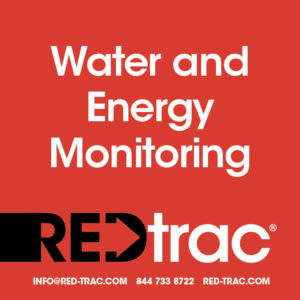
Anagnoson said she understood she would proceed to finalize a rate schedule that combined a fixed rate and a volumetric rate determined by project costs. She will be proceeding with the previously announced schedule which calls for the Board to vote on a final schedule at its April 5th meeting. Public notice would be provided to affected parcels about April 15th with a 45-day protest period beginning at that time. A final public hearing for rate adoption would be at the June 7th Supervisors’ meeting with implementation effective on July 1st for the 2022 – 2023 fiscal year.
Poythress commented that the key is cutting back on pumping but not to be overly punitive when fallowed lands get fully charged. Anagnoson replied that the water in the entire farm unit is still being used.
Poythress said that projects should be reevaluated for their cost and immediate impact. He said best case that any water from the yet-to-be built Sites Dam won’t be there for more than three years at the earliest and that there really won’t be much new water.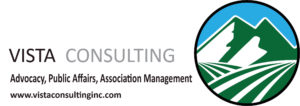
Supervisor Frasier said that over the past 120 years there has been extra water in wet years, and projects are needed to capture that water over the next century. Frasier said he didn’t want future citizens to look back and say we never did anything. Supervisor Rogers added saying, “Let’s not make these projects to onerous that we kill the industry but have the projects.”
That comment brought this session to a close and the Board moved on to other regular business at 11:55 a.m.
DISCLAIMER OF RESPONSIBILITY; Waterwrights strives to provide clients with the most complete, up-to-date, and accurate information available. Nevertheless, Waterwrights does not serve as a guarantor of the accuracy or completeness of the information provided, and specifically disclaims any and all responsibility for information that is not accurate, up-to-date, or complete. Waterwrights’ clients therefore rely on the accuracy, completeness and timeliness of information from Waterwrights entirely at their own risk. The opinions expressed in this report are those of the author and do not represent any advertisers or third parties.
most complete, up-to-date, and accurate information available. Nevertheless, Waterwrights does not serve as a guarantor of the accuracy or completeness of the information provided, and specifically disclaims any and all responsibility for information that is not accurate, up-to-date, or complete. Waterwrights’ clients therefore rely on the accuracy, completeness and timeliness of information from Waterwrights entirely at their own risk. The opinions expressed in this report are those of the author and do not represent any advertisers or third parties.
ALL RIGHTS RESERVED. Copyright 2020 by WaterWrights.net
Madera County is comprised of three subbasins, designated by the CA Department of Water Resources as critically overdrafted, and “high priority”: (1) the Chowchilla Subbasin; (2) the Madera Subbasin; and (3) a portion of the Delta-Mendota Subbasin. Each of these subbasins submitted a Groundwater Sustainability Plan (GSP) by January 31, 2020. These subbasins are required to achieve “sustainability” by the year 2040. The method by which sustainability will be achieved will be illustrated in the GSP, which was be drafted in partnership by the irrigation district, water districts, cities and Madera County. The Madera County Groundwater Sustainability Agency (GSA) is administered by the Madera County Department of Water and Natural Resources: Stephanie Anagnoson, Director, 200 W. Fourth Street, Madera, CA 93637, (559) 675-7703 x. 2265 or (559) 675-6573. The County of Madera Board of Supervisors is the Board of Directors of the GSAs for the three subbasins. The current board is composed of five members: Robert Poythress, chair, Brett Frazier, Letitia Gonzalez, David Rogers and Tom Wheeler.




